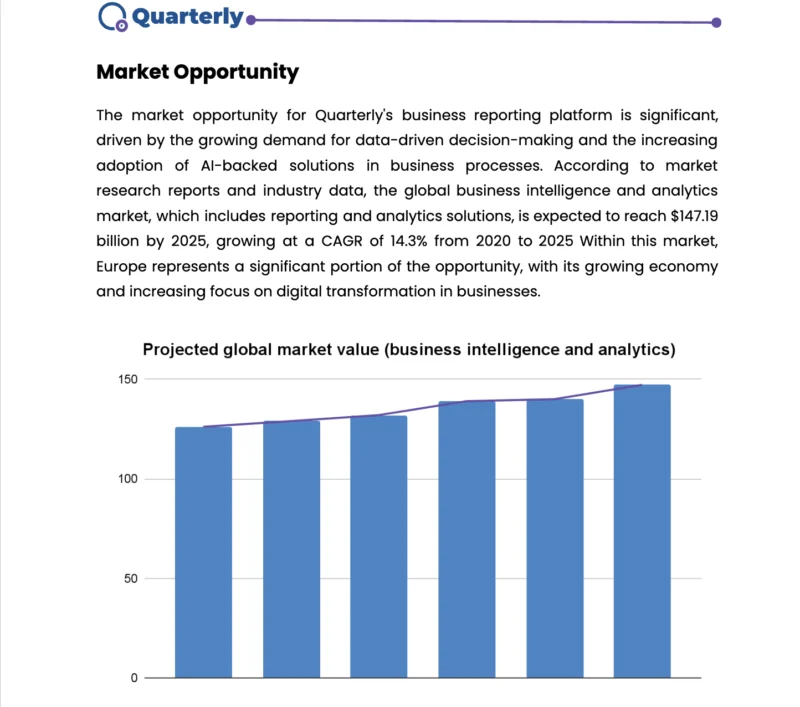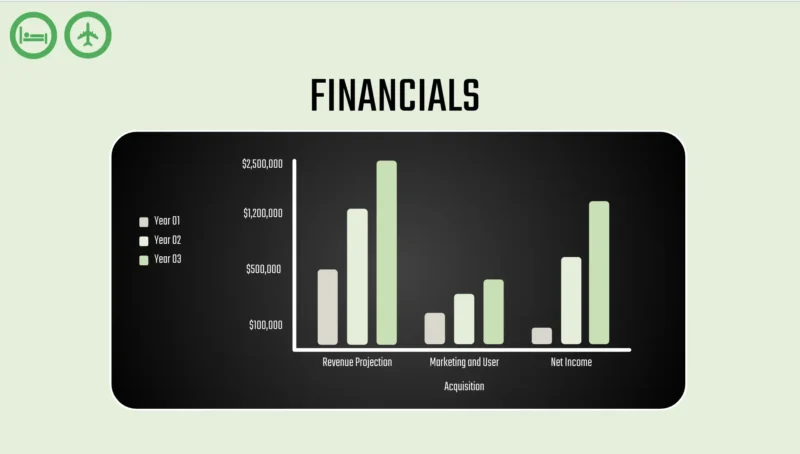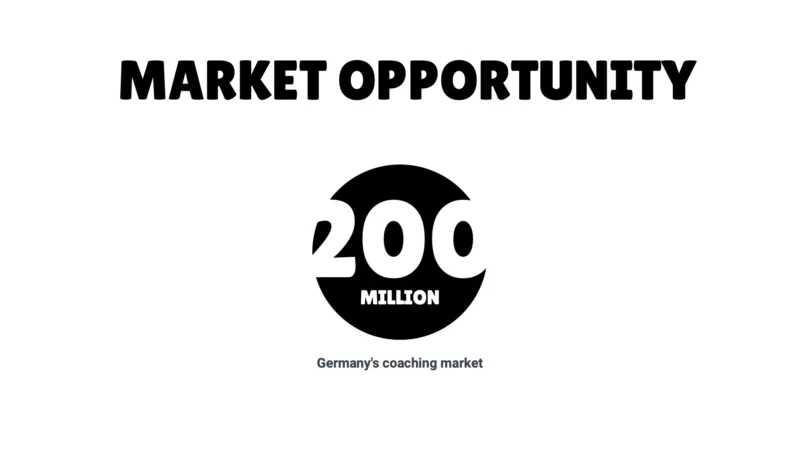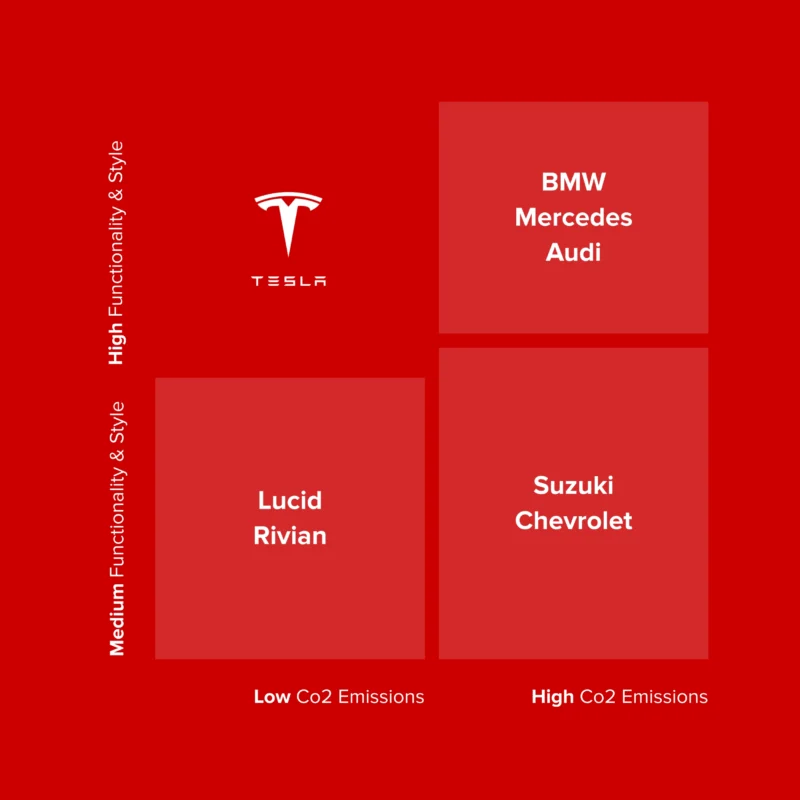
Introduction: The Art of Not Being Boring
Let’s face it, most Go-To-Market (GTM) strategies for SaaS sound like they’re ripped straight from a textbook that would put even an insomniac to sleep. But not today. Today, we dive into the world of SaaS GTM Strategy with a pinch of sarcasm, a dash of reality, and zero percent boredom. So, buckle up as we unravel the secrets of a SaaS GTM strategy that might just be good enough to keep you awake.
Some of the below topics are based on our recently designed template. So check it out.
The “Simple” SaaS GTM Strategy: Demand and Use Cases
Our first stop is at the ‘so-called’ simple strategy. Here’s the deal: we build demand, and then we introduce vital use cases. Sounds easy, right? Just like baking a soufflé for the first time without a recipe. The idea is to create a buzz in the market that’s louder than your neighbor’s party and then swoop in with solutions so critical, they feel like the answer to life’s greatest mysteries.
Knowing Your Market: A SaaS’s GTM is Not Just a Guessing Game
Moving on, let’s talk about the market. Oh, the beloved market, where 60% of our knowledge feels like a well-educated guess. Our focus? Recurring users. Why? Because in the SaaS world, recurring users are like gold – only more useful and less shiny. Our goal is to achieve the ‘True Effect,’ which definitely sounds like a sci-fi movie title but is actually about making a genuine impact on our users.
Growth Projections: Deloitte’s Crystal Ball
Here’s where it gets interesting. According to Deloitte, our market is set to hit a cool $55 billion by 2025, growing at a 12% CAGR. That’s like saying your tiny sapling will grow into a money tree in just a few years. These numbers aren’t just for show – they’re a beacon of hope and a testament to the potential of a solid SaaS GTM strategy.
Acquisition Targets: Climbing the Financial Ladder
Now, let’s chat about our ambitions. In the world of SaaS GTM Strategy, setting acquisition targets is akin to planning your path to world domination – but slightly more realistic. We start at $1 million in year one, which is cute. By year five, we’re aiming for $15 million, which is less cute and more “we mean business.” It’s a financial ladder, and we’re climbing it with the enthusiasm of a kid on a sugar rush.
The SaaS GTM Strategy Budget Breakdown: Where the Magic Happens
Finally, let’s break down the budget. We’ve allocated a cool $5 million, which, let’s be honest, feels like Monopoly money until you start spending it. We’re looking at a 5% risk ratio, because what’s life without a little risk? Then there’s team expansion, because more minds equals more ideas (and more coffee consumption). Advertising – because how else will the world know we exist? And of course, R&D, the heart and soul of innovation, where ideas turn into reality or occasionally, expensive paperweights.
Conclusion: SaaS GTM Strategy – Not Just Another Buzzword
So there you have it, the ins and outs of a SaaS GTM strategy that’s not just another buzzword floating in the corporate cosmos. It’s a blend of ambitious targets, calculated risks, and a deep understanding of what makes the market tick. Remember, the essence of a great SaaS GTM strategy lies in its execution – much like a perfectly timed joke. Now, go forth and conquer the SaaS world, armed with a strategy that’s as solid as your favorite coffee mug. Just don’t forget to refill it now and then. Cheers!
Finally, if you’re interested in reading about a GTM strategy of Google in one of their products, then you’ll enjoy this read.





